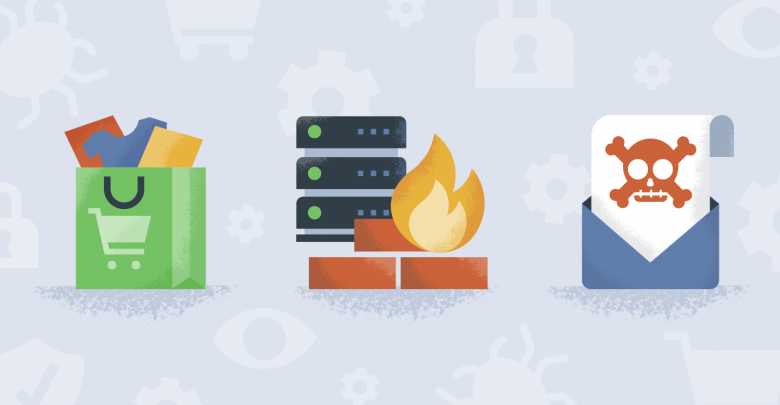
Protecting your site from online threats should be a top priority if you’re an online business owner. As data breaches become more prevalent and hackers find more inventive ways to infiltrate sites and sensitive consumer data, you’ll want to make sure you’re doing everything you can to secure your website.
Why is that? According to a recent study, 56% of consumers claimed they are more concerned about data privacy than they were a year ago, and 67% of respondents in another study claimed they fear it’s only a matter of time before they fall victim to a data breach in the near future. Online shoppers don’t feel safe online, which weakens their trust in online businesses to keep their data safe. The fact is, it’s impossible to ensure that anyone’s data online is 100% safe, but there are measures ecommerce site owners can take to decrease risk and make their shoppers feel safer.
For example, securing a site with HTTPS is a proven way to retain customers. How so? In an effort to make the internet safer (and to protect less savvy online shoppers), Google has begun to block access to sites that don’t encrypt browser communication via HTTPS. Frequent online shoppers can identify sites that are not secure, and refuse to shop on them let alone navigate their webpages.
By addressing basic cybersecurity concerns, ecommerce business owners can make shoppers feel secure, which will help maintain sales and site traffic over time. To make sure you’ve got your cybersecurity bases covered, Wikibuy has highlighted 15 steps to securing your site in the infographic below.
Please include attribution to wikibuy.com with this graphic.





